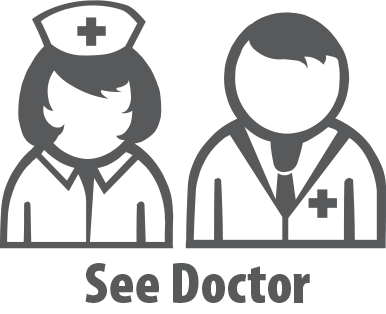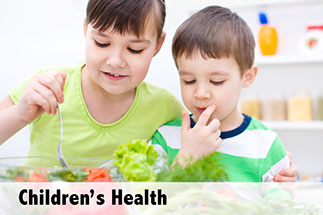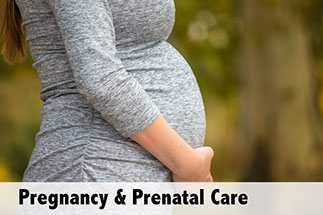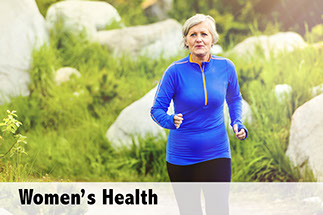Abdominal & Urinary Conditions
Gallstones

The gallbladder stores bile. This substance helps digest fats. Gallstones form when bile hardens into pieces of stone-like material. These deposit in the gallbladder or bile ducts (which carry bile to the small intestine). The stones can range in size from less than a pinhead to 3 inches across.
Signs & Symptoms
• Feeling bloated and gassy, especially after eating fried or fatty foods.
• Steady pain in the upper right abdomen lasting 20 minutes to 5 hours.
• Pain between the shoulder blades or in the right shoulder.
• Indigestion. Nausea. Vomiting. Severe abdominal pain with fever. Sometimes a yellow color to the skin and/or the whites of the eyes.
{Note: Gallstone symptoms can be hard to tell apart from heart-related or other serious problems. A doctor should evaluate any new symptoms.}
Gallstones

Causes
• Ethnic background (i.e., Native Americans) and family history of gallstones. Being middle age.
• Obesity. Very rapid weight loss.
• Being female. Having had many pregnancies. Taking estrogen.
• Having diabetes. Having diseases of the small intestine.
Treatment
• A low-fat diet.
• Surgery to remove the gallbladder. This is the most common treatment. You can still digest foods without a gallbladder.
Questions to Ask
Question
01
Do you have any of these problems?
• The skin and the whites of your eyes are yellow in color.
• Pain in your upper right abdomen with vomiting and/or a fever. Or, the pain goes away and comes back.

You should be seen by your doctor for medical advice. Contact your doctor or health care provider to find out how soon you should be seen.
x
Self-Care / Prevention
• Avoid high-fat foods. Don’t eat large meals.
• Get to and stay at a healthy body weight. If you are overweight, lose weight slowly (1 to 1-1/2 pounds per week). Do not follow a rapid weight loss diet unless under strict medical guidance.
• Eat a high fiber, low-fat diet.

Download an offline pdf file.
RELATED ARTICLES
<
>
2021 © American Institute for Preventive Medicine - All Rights Reserved. Disclaimer | www.HealthyLife.com








